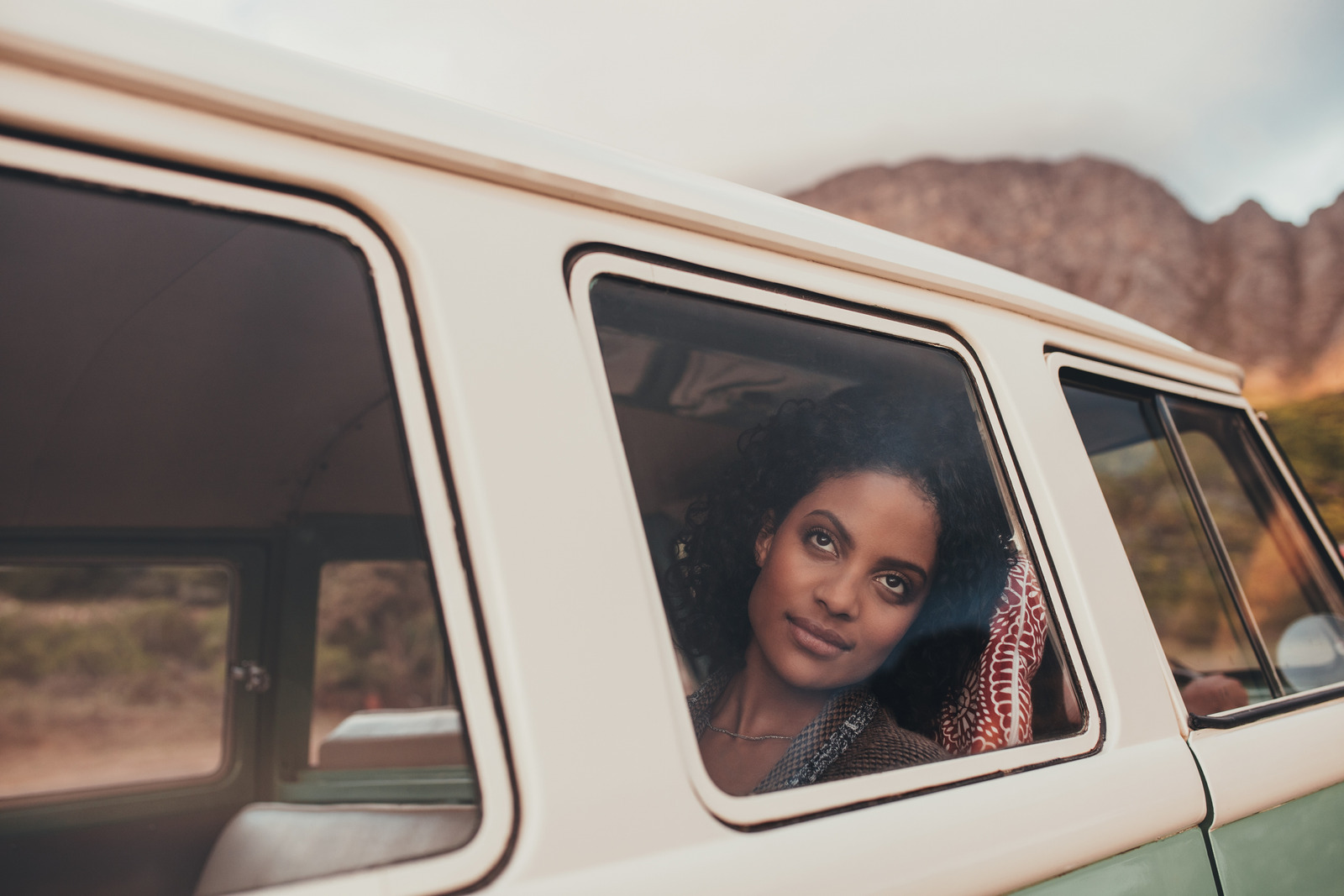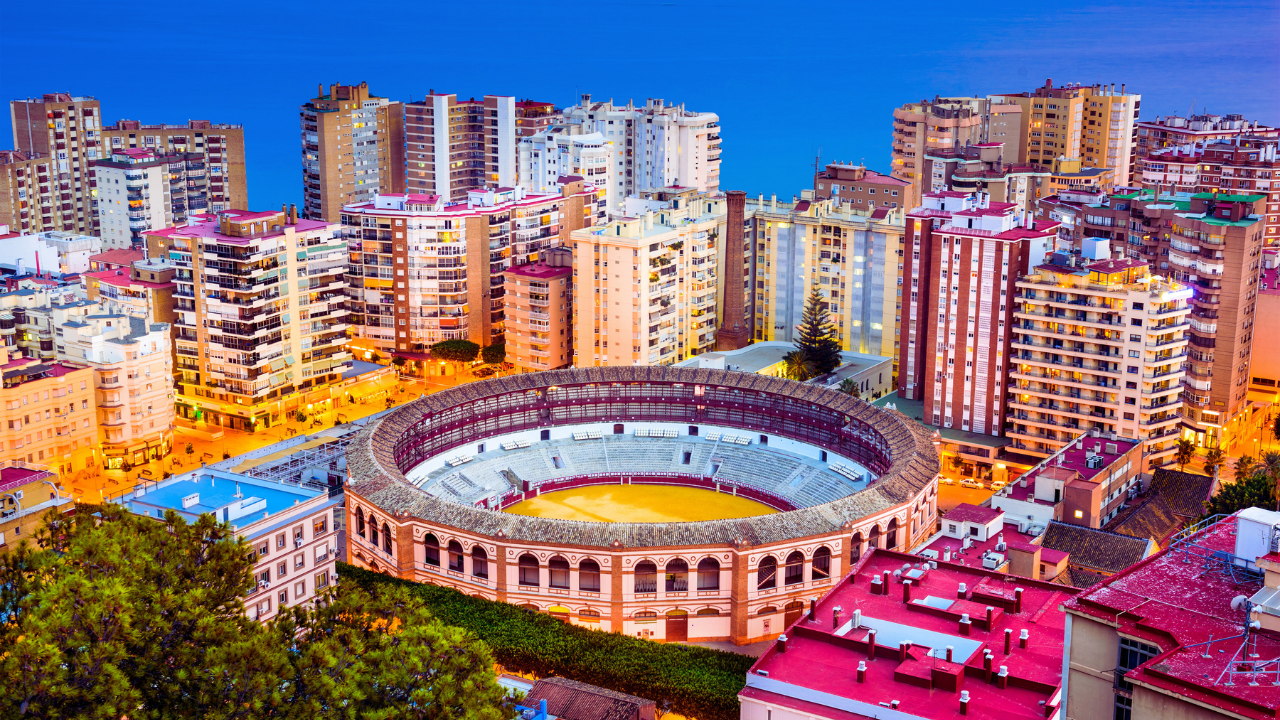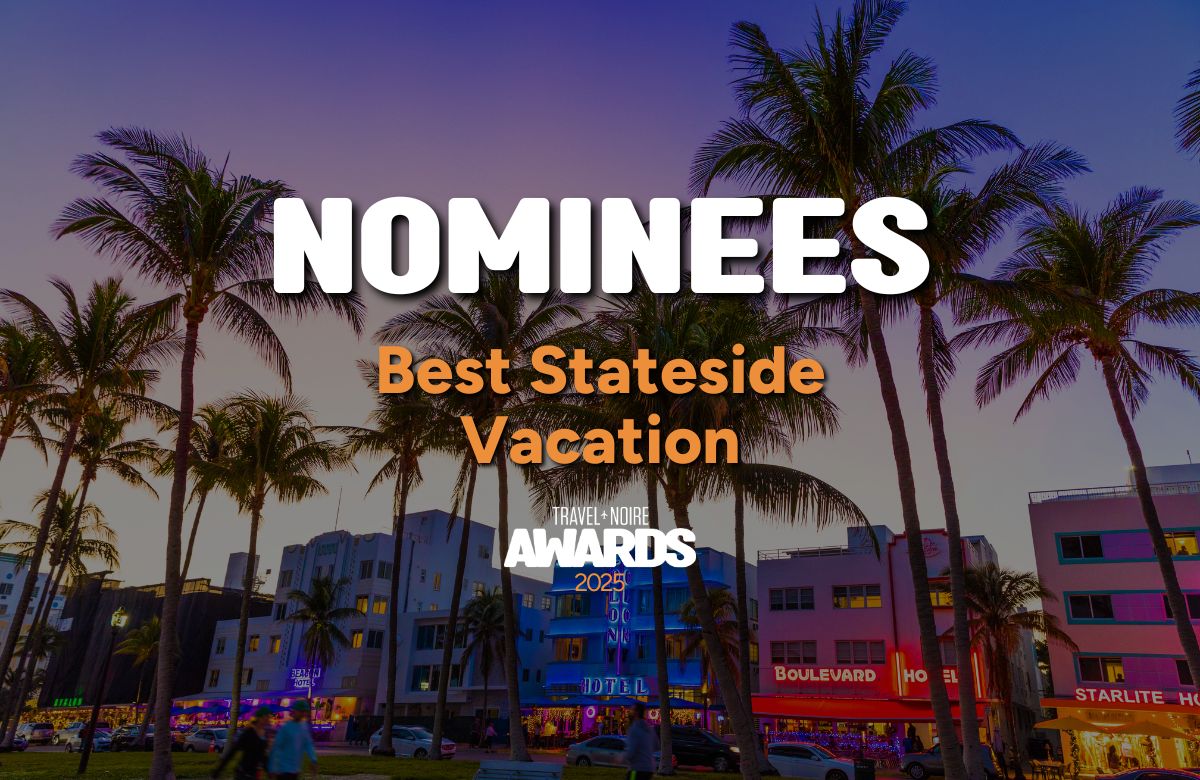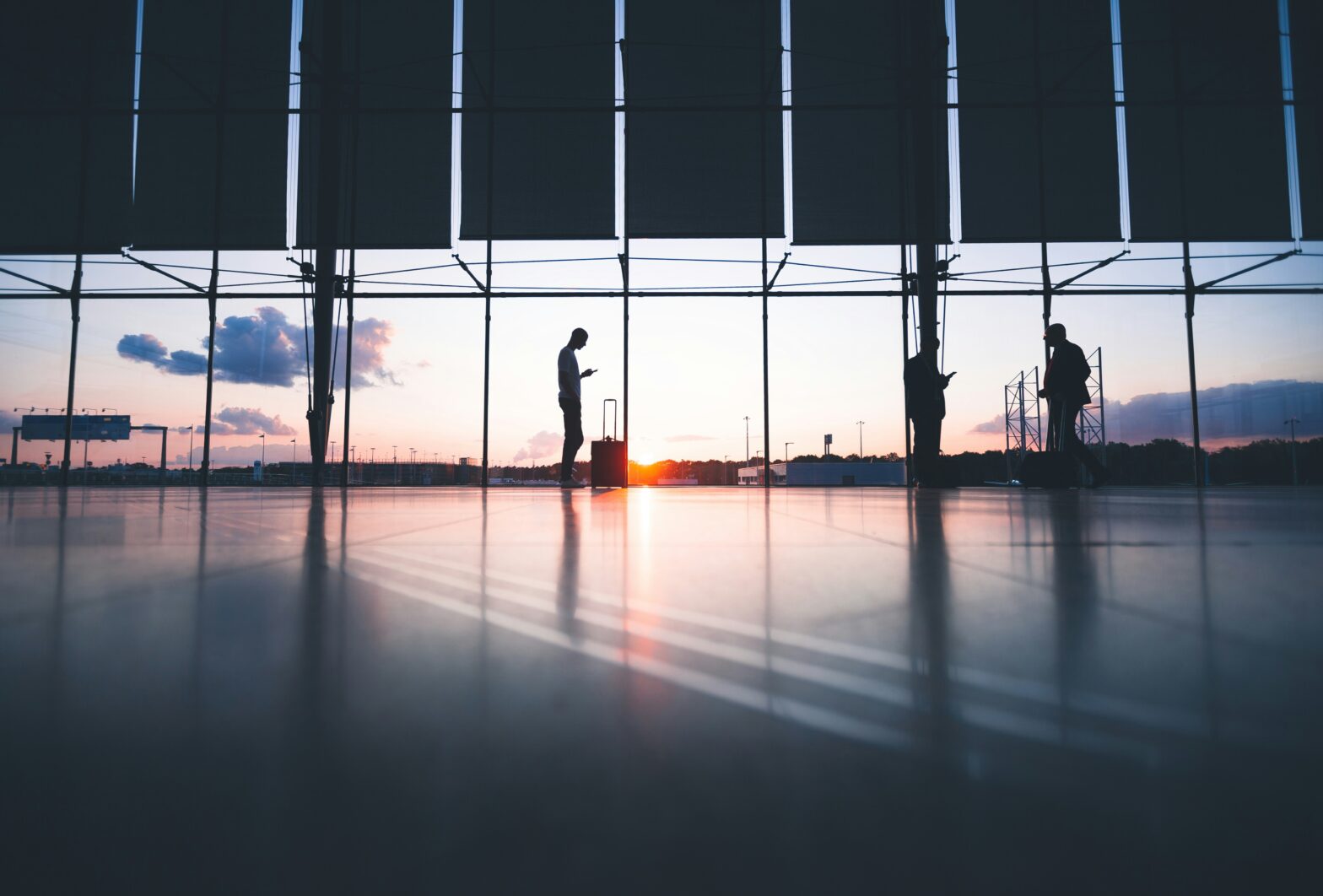A road trip to Keystone, South Dakota has changed the way Topaz Hooper will road trip through the country.
Hooper and her boyfriend recently took a road trip to visit Mount Rushmore where she says they were immediately welcomed with stares mainly from a crowd of bikers.
“From the second I walked my little Black self into the town, we were immediately stared at,” Hooper said in an article she penned about her experience. “On every corner, there was somebody who had a look. Disapproval, disinterest, unwelcomeness were the sentiments I gathered. It seems they’re not used to melanin ’round these parts.”
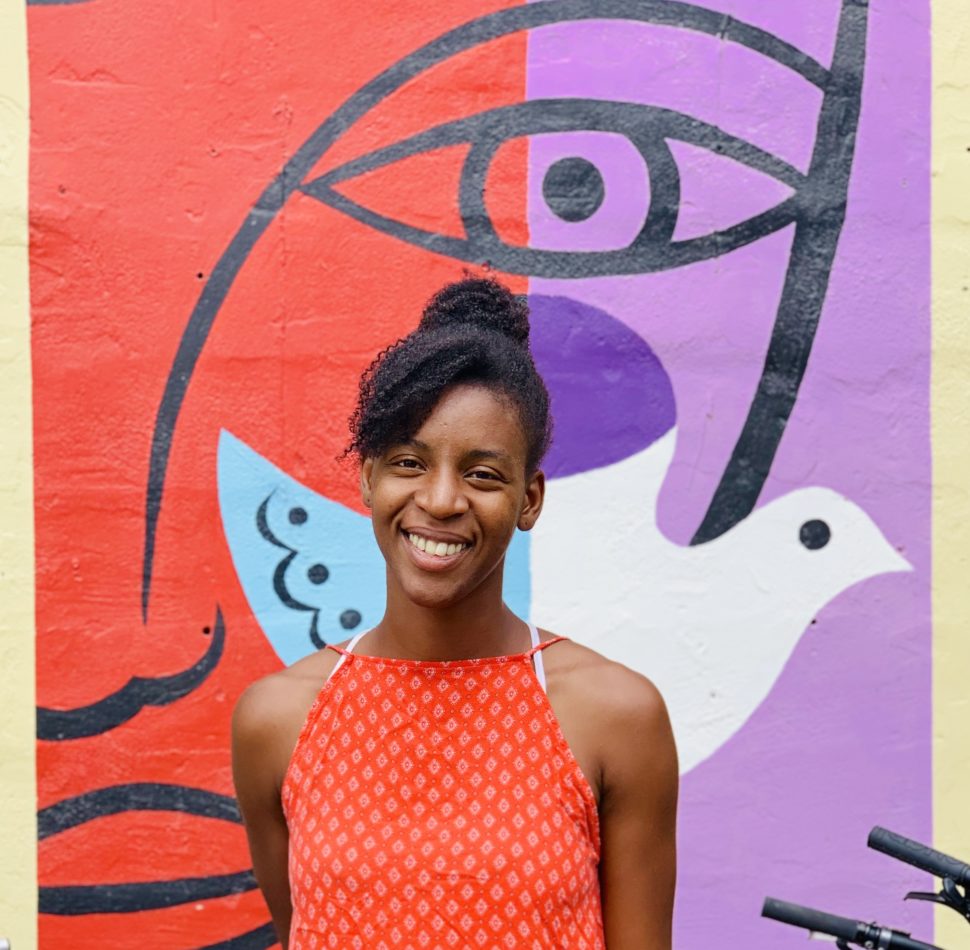
Hooper added that on her trip, she saw a total of two Black people the entire day and the only other demographic of the town were the bikers and occasional Mount Rushmore tourists.
After her experience, Hooper has some advice for Black travelers who are considering a road trip that she discussed during an interview with Travel Noire.
Travel Noire: During that trip to Keystone, what did you find to be like the most surprising interaction?
Topaz Hooper: The most surprising thing to me was walking into the shops in Keystone. Keystone has a lot of shops that are called “trading posts.” If you’re up-to-date on reservation culture, that is a Native American term.
They sold nothing Native American, nothing indigenous but they appropriated that word and culture. I walked into a trading post thinking that it would be full of indigenous people, and it wasn’t. It was full of White people. One of the things that surprised me the most was the apparel and the clothing that I saw that was for sale. I remember seeing a black t-shirt with [President] Donald Trump on a motorcycle bike slapping [House Speaker] Nancy Pelosi off of the back of the bike.
First of all, I was like, that’s misogynistic and conservative. It was so shocking to me that it was publicly sold and nobody thought that was strange. People thought it was funny and people were actually purchasing it. So, that was surprising to me.
Also that there was an entire store, a little kiosk dedicated to Trump. There was absolutely nothing about anybody else but Trump. For me, this was my first time ever seeing a place like this, where misogyny, racism, the glorification of Trump was ever-present.

Travel Noire: Were there any key takeaways or any aha moments you had during your road trip that you think our readers should know when they’re considering places to take a road trip?
Topaz Hooper: Black people need to be investigative researchers in every single place they’re going. We need to go into Wikipedia, put in the name of the city that we’re interested in, and go through it all. We need to look at the history of that place and we need to look at the demographics of that place. We need to research how many Black people are there, are they living in poverty, or are they doctors because that says a lot about how you will be treated when you arrive.
South Dakota has hardly any Black people there and I should have known, from the beginning, the demographic information and I should’ve looked at the history that they have with Natives – and I would have been like, ‘no, this is not a safe space for any person of color.’ But I didn’t do that research, so I would highly recommend for Black people to do so. Look up the demographic info and look up the history of that place and just dive deep into how people of color have been treated historically. I think it’ll paint a lot of pictures.
Travel Noire: Do you feel like your experience in Keystone is going to deter you from any other road trips across the country?
Topaz Hooper: Not any other road trips because I had some already planned but I think it would deter me from the middle of nowhere places.
I was already kind of like a city girl anyway but now I don’t really want to go anywhere that’s not Chicago. Between Ohio and Idaho, which is just north of Colorado from where I live, I just don’t want to go.
I just feel like there’s not a lot of cultural diversity in some of those places. Of course, there are some different cities that have a lot of people of color, but a lot of them do not and those places are not safe for you to walk into as a Black person with no information and no knowledge.
I feel like it deters me from going to those middle of nowhere states that we kind of forget about and stay in my zone in the metropolitan places and big cities.
I think Black travelers, unfortunately, have to be a little bit more careful. But I do think that a little research before they go to some random place, they will help you be more prepared.
Travel Noire: is there anything else you think our readers should know about your trip?
Topaz Hooper: I think the history of Native in South Dakota is really important. If there is a Black person that wants to go there or in that region, I would encourage to go to Crazy Horse instead of Mouth Rushmore and support more of the indigenous attractions in that area.
I think if I would’ve just went to Black Hills, the indigenous run areas, I think I would’ve had a much better experience.
You can find Topaz on Instagram or Facebook to follow her adventures.
